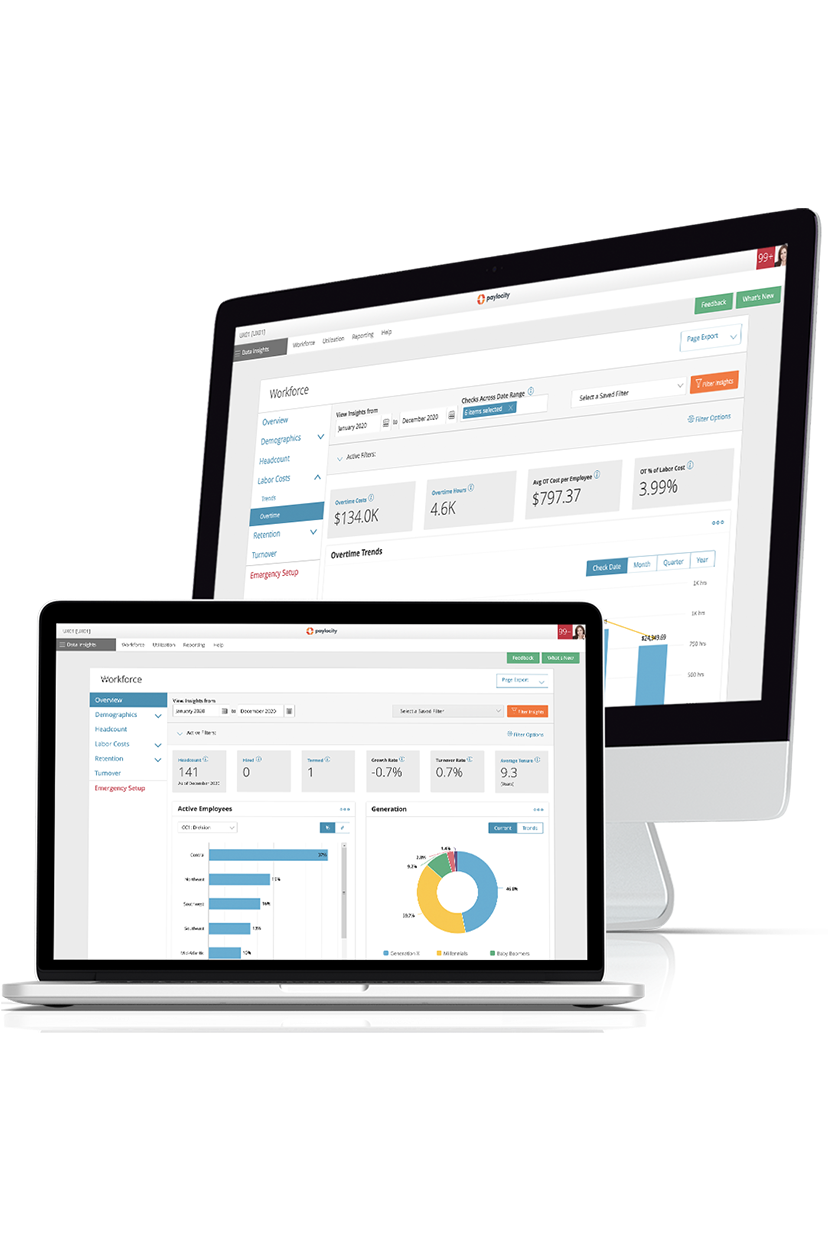Business Intelligence
Summary Definition: The process of transforming business data into actionable insights that support informed, strategic decision-making across an organization.
What is Business Intelligence?
Business intelligence (BI) is the practice of collecting, analyzing, and transforming an organization’s operational data into meaningful, actionable insights that enable informed, strategic decision-making.
Modern BI encompasses a range of activities, from aggregating and organizing data to applying advanced analytics and creating visually compelling dashboards. The result is a dynamic understanding of internal processes, market trends, and competitor standings, all aggregated in one comprehensive view.
Key Takeaways
- Business intelligence (BI) transforms raw operational data into actionable insights that drive strategic, data-informed decisions across the organization.
- The business intelligence market commonly focuses on certain core concepts, such as such as reporting, performance management, and data collection, integration, and analysis.
- By leveraging multiple types of analytics (descriptive, diagnostic, predictive, and prescriptive), business intelligence tools empower organizations to understand the past, respond to the present, and plan effectively for the future.
Why is Business Intelligence Important?
Organizations with business intelligence solutions gain numerous advantages, including:
- Informed decision-making: Business intelligence equips decision-makers with timely, accurate data, enabling more confident and agile responses to market shifts and strategic challenges.
- Competitive advantage: By uncovering market trends, consumer behavior, and emerging opportunities, BI helps organizations make proactive decisions that strengthen their position in competitive environments.
- Operational efficiency: Through detailed insights, BI identifies inefficiencies, streamlines processes, and improves resource allocation, ultimately driving cost reduction and enhanced productivity.
- Risk management: BI supports risk management by detecting vulnerabilities and applying predictive analytics to anticipate potential threats, allowing for early intervention and mitigation strategies.
- Strategic planning: Offering a comprehensive view of performance and market conditions, BI enables organizations to plan effectively, pursue growth opportunities, and align actions with long-term business goals.
What Are the Core Concepts of Business Intelligence?
To achieve these benefits, business intelligence tools commonly focus on certain core concepts and types of analysis.
| Core Concept | Concept Details |
| Data Warehousing | Gathers structured and unstructured data from multiple sources, such as databases, spreadsheets, and external streams, to serve as a unified information hub compatible with advanced analytics tools. |
| Data Integration | Integrates data from internal and external systems into a single dataset to enable comprehensive analysis and informed organizational decision-making. |
| Data Analysis | Identifies trends, anomalies, and patterns using tools ranging from basic statistical reporting to machine learning applications. |
| Data Visualization | Presents complex data in clear, intuitive formats, such as charts, graphs, and dashboards, to simplify understanding of trends and key performance indicators at a glance. |
| Reporting | Provides standardized readouts and ad hoc query capabilities to track performance metrics, key performance indicators (KPIs), and overall business health. |
| Performance Management | Continuously measures organizational performance against predefined benchmarks to support goal setting, progress tracking, and strategic alignment. |
| Business Process Management (BPM) | Optimizes workflows and remedies inefficiencies based on BI insights, propelling productivity and organizational agility. |
What is the Role of Analytics in Business Intelligence?
Based on these common components, business intelligence software combines various types of analytics to enhance an organization’s understanding of operational dynamics:
- Descriptive Analytics: Summarizes historical data to explain past performance
- Diagnostic Analytics: Examines causal factors behind observed outcomes
- Predictive Analytics: Anticipates future trends using statistical models and AI tools
- Prescriptive Analytics: Suggests actionable steps based on analyzed data insights
For example, imagine a healthcare organization implementing a business intelligence platform to improve supply chain management. By analyzing historical demand data with predictive analytics, such a system ensures optimized inventory levels, thus reducing costs and enhancing the availability of crucial resources.
Meanwhile, diagnostic assessments uncover inefficiencies in day-to-day processes, while prescriptive strategies suggest corresponding improvements, such as adjusting supplier schedules or redistributing resources based on regional needs.

Make Data Work for You
Are you still relying on instincts or assumptions to help you make decisions? Your workforce is changing fast. It’s time for a better approach. With a real-time, easy-to-understand analytics dashboard, you can see what’s really going on in your company and make smart moves based on data. Share insights and results quickly with tailored reporting, and get to know your employees better to improve your overall experience.